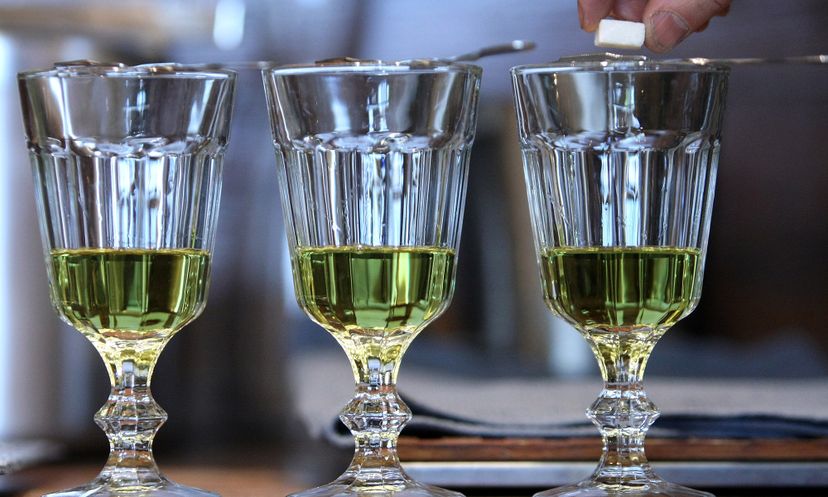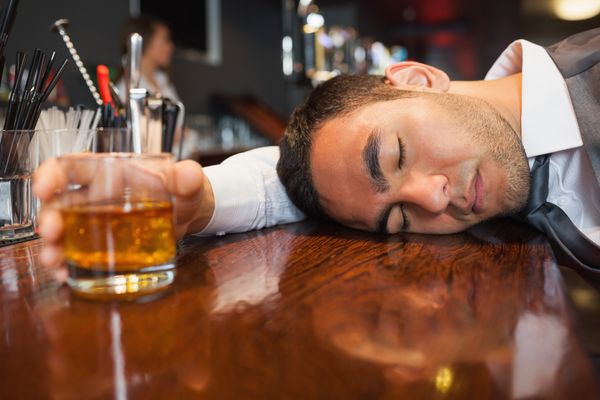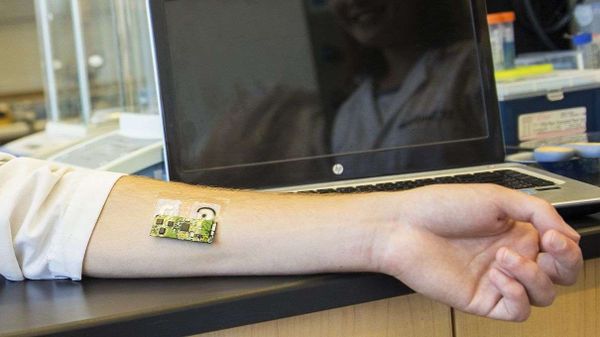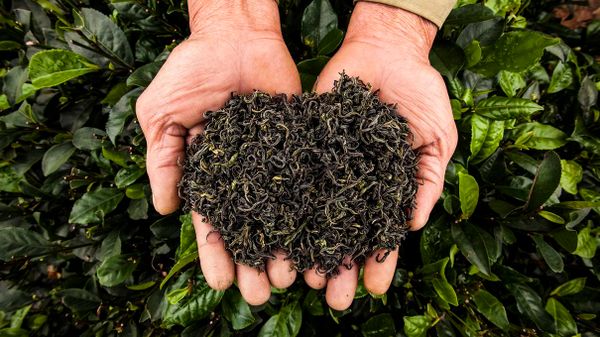Absinthe is not a hallucinogen; rather its alcohol content and herbal flavor set it apart from other liquors.
The Role of Thujone
The chemical that's to blame for absinthe's alleged hallucinogenic effects is thujone, a component of grand wormwood (Artemisia absinthium). In very high doses, thujone can be toxic. It is a GABA (Gamma-aminobutyric acid) inhibitor, meaning it blocks GABA receptors in the brain, which can cause convulsions if you ingest enough of it.
Thujone occurs naturally in many foods, but never in doses high enough to produce negative effects. And there's not enough thujone in absinthe to hurt you, either. By the end of the distillation process, there is very little thujone left in the product.
In the U.S., thujone levels in absinthe are capped at 10 milligrams per liter, while absinthe in Europe may have up to 35 milligrams per liter. Modern science has estimated that absinthe drinkers would die from alcohol poisoning long before they were affected by the thujone. And there is no evidence at all that thujone can cause hallucinations, even in high doses.
In view of modern analysis of the drink and its ingredients, any absinthe-related deaths can most likely be attributed to alcoholism, alcohol poisoning or drinking the cheap stuff, which, like moonshine, can have poisonous additives in it.
What About the Famous Stories?
For the record, that man who killed his family in Switzerland in 1905, spurring a whole slew of absinthe bans and even a constitutional amendment, was under the influence of absinthe — which he'd been drinking since he woke up that morning and throughout the rest of the day (and the day before that and the day before that).
And Oscar Wilde? Well, no doubt the poet did see tulips on his legs as he walked out into the morning light after a night of drinking absinthe at a local bar — chalk it up to creative license.
Absinthe is now perfectly legal in every country in which alcohol is legal. In 2007, the United States lifted its 100-year-long ban. So once again European distillers are exporting the Green Fairy stateside, and once again mixologists and absinthe enthusiasts are debating whether the newest version is truly authentic [source: Time].



